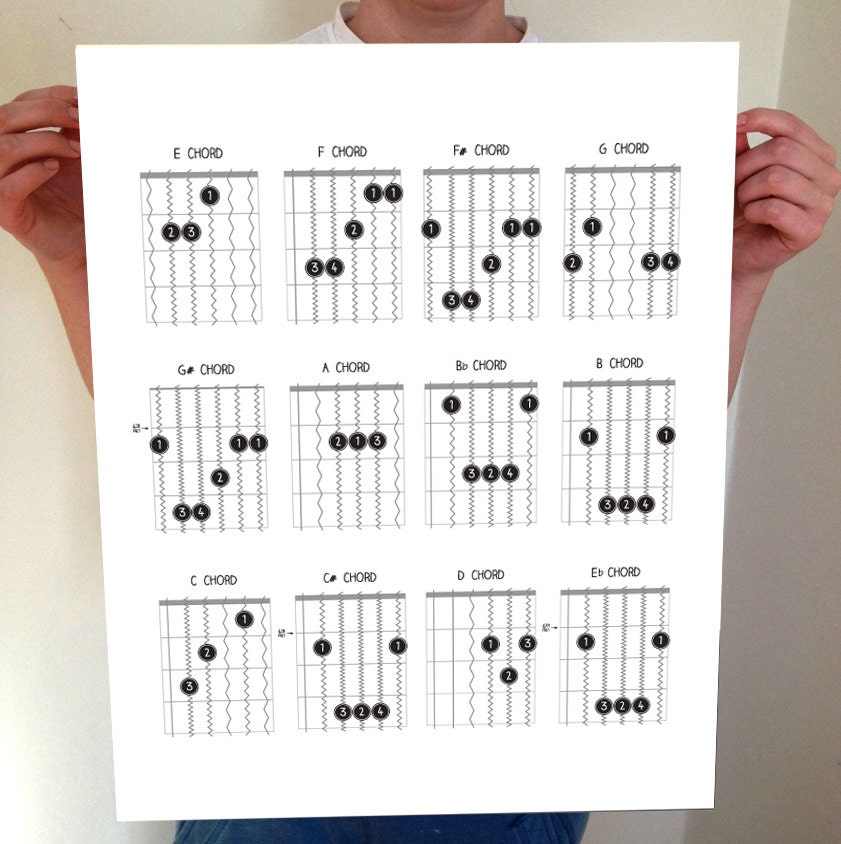
They both span six semitones, and they are the inverse of each other, meaning that their sum is exactly equal to one perfect octave (A4 + d5 = P8). The augmented fourth ( A4) and diminished fifth ( d5) are defined as the intervals produced by widening the perfect fourth and narrowing the perfect fifth by one chromatic semitone. Under that convention, a fourth is an interval encompassing four staff positions, while a fifth encompasses five staff positions (see interval number for more details). According to a complex but widely used naming convention, six of them are classified as augmented fourths, and the other six as diminished fifths. Since a chromatic scale is formed by 12 pitches (each a semitone apart from its neighbors), it contains 12 distinct tritones, each starting from a different pitch and spanning six semitones. A musical scale or chord containing tritones is called tritonic one without tritones is atritonic.Īugmented fourth and diminished fifth Īugmented fourth between C and F ♯ and the diminished fifth between C and G ♭ are enharmonically equivalent intervals. The condition of having tritones is called tritonia that of having no tritones is atritonia. These various uses exhibit the flexibility, ubiquity, and distinctness of the tritone in music. The tritone can be used to avoid traditional tonality: "Any tendency for a tonality to emerge may be avoided by introducing a note three whole tones distant from the key note of that tonality." The tritone found in the dominant seventh chord can also drive the piece of music towards resolution with its tonic. In classical music, the tritone is a harmonic and melodic dissonance and is important in the study of musical harmony. In twelve-equal temperament, the tritone divides the octave exactly in half as 6 of 12 semitones or 600 of 1,200 cents. For instance, the above-mentioned C major scale contains the tritones F–B (from F to the B above it, also called augmented fourth) and B–F (from B to the F above it, also called diminished fifth, semidiapente, or semitritonus) the latter is decomposed as a semitone B–C, a whole tone C–D, a whole tone D–E, and a semitone E–F, for a total width of three whole tones, but composed as four steps in the scale. According to this definition, a diatonic scale contains two tritones for each octave. More broadly, a tritone is also commonly defined as any interval with a width of three whole tones (spanning six semitones in the chromatic scale), regardless of scale degrees. For instance, the above-mentioned interval F–B is the only tritone formed from the notes of the C major scale. Narrowly defined, each of these whole tones must be a step in the scale, so by this definition, within a diatonic scale there is only one tritone for each octave. For instance, the interval from F up to the B above it (in short, F–B) is a tritone as it can be decomposed into the three adjacent whole tones F–G, G–A, and A–B.

In music theory, the tritone is defined as a musical interval composed of three adjacent whole tones (six semitones). Augmented fourth, diminished fifth, the Devil’s interval (obscure)


 0 kommentar(er)
0 kommentar(er)
